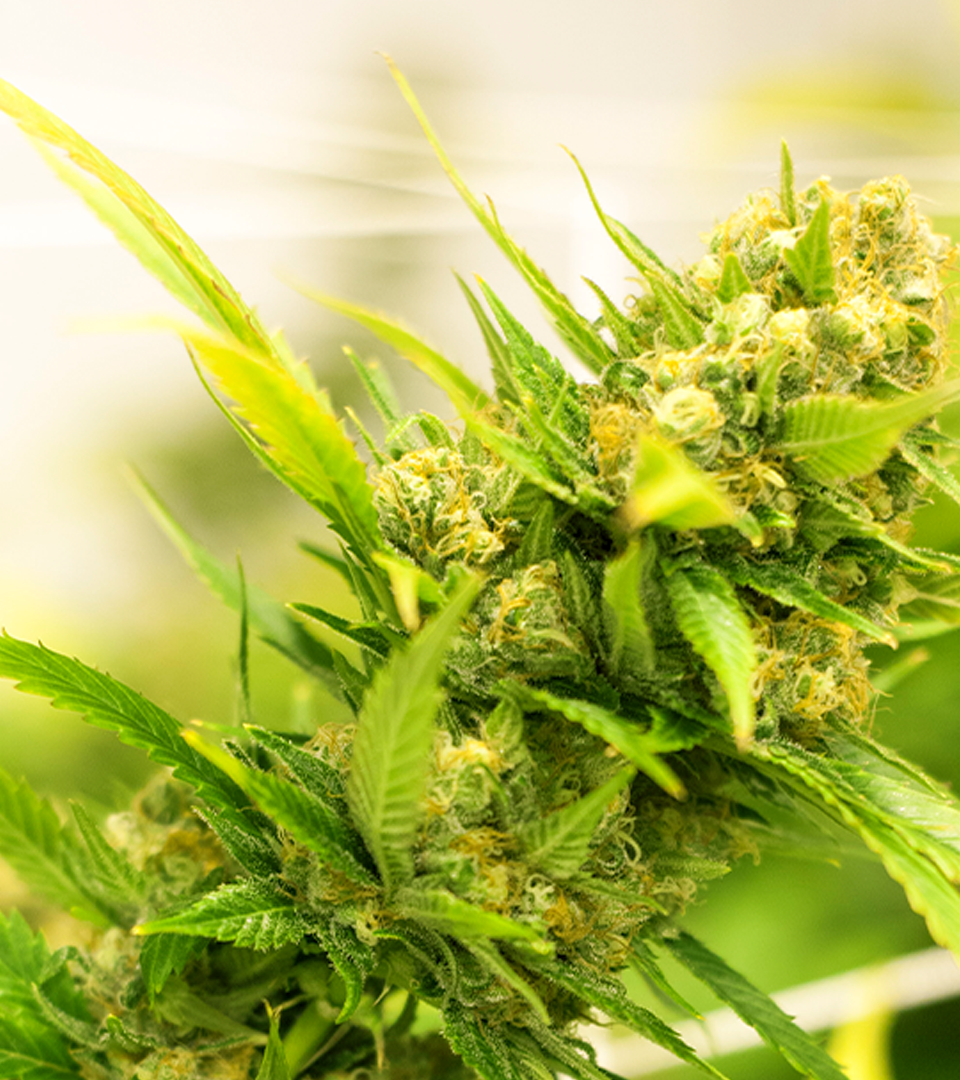
Branding for Cannabis and Contemporary Challenges
The Value of Differentiation.
The legalization of the use of medical cannabis in Puerto Rico use in 2017, along with the legalization of recreational consumption in states like Nevada, California, Colorado, and Alaska has brought the topic of selling cannabis-based products to the forefront and caused a proliferation of cannabis brands. There is a rapidly increasing number of growers, manufacturers, dispensaries, and cannabis-derived products. This puts the market in need of great branding and design. Creating a brand that is different and stands out is a task for experts.
The situation was exacerbated recently in the United States when the Farm Bill 2018 was passed. This bill allows the production of hemp-derived products. Marihuana and hemp both come from the cannabis plant, but they are different in morphology, use, and composition, particularly because the THC levels in hemp are very low and it is used extensively in the textile industry. The implementation of the Farm Bill 2018 established a trend in the market of hemp-derived products with CBD, which will be available in convenience stores, stores, and the internet without regulation.
In Puerto Rico, you can already import hemp extracts, which presents an opportunity for new products to be sold in places without regulation. Very soon we will start seeing beauty products, creams, drinks, and dog products – just to name a few – all containing CBD. These products will not only compete in a regulated market inside of dispensaries, but they will also be available on the shelves with regular products. Additionally, big brands have already spotted the trend and are creating their own version of CBD products. Rite Aid, CVS, and Walgreens will start selling all sorts of CBD derived products soon and the Kombucha brand GT Living Food already introduced a line of CBD infused sparkling water. To compete, it is important to differentiate your brand amongst the sea of competition and take the following things into consideration:
1. Come up with a unique and original name for your brand:
A common mistake we see entrepreneurs in this industry make is not realizing that a brand starts with its name. You must think of a name that is not only unique but can be registered from the start. Names that are too literal or allude to sensations have little chance of being registrable. Also, we recommend that you check the possible names with the federal trademark registration, considering that it is very possible that in 3-5 years you are going to be able to export cannabis-derived products and it is necessary to create a brand identity that can be protected in the United States. Because of that, you must create a name that is original, registrable, and easy to pronounce in English and Spanish.
2. Logo
If the name is where a brand starts, the logo is the face that everyone will recognize. We have seen a proliferation of repetitive logos that all use some version of the cannabis leaf and the same color combinations. This is a trend that will eventually backfire because the path has been set towards the legalization of recreational use and that will allow dispensaries to sell other, non-medicinal, products. For this, creating brands that center around the cannabis leaf will prove to be limiting in the near future. It is a very short-sighted approach that I see a lot of brands taking. The best advice I can give them is that a logo is your brand’s signature and it should hold up to the test of time. This will allow your brand to grow with the industry and eventually diversify.
3. Packaging and Labeling Design
Sometimes we forget how important it is for your product to live inside of a unique and attention-grabbing package. This is one of the brand’s most effective ways of standing out and being memorable to consumers at the point of sale. Customers will always remember the shape first, then the packaging itself, and lastly the typography. In this market, I see products that are not thinking of their branding as a differentiating factor, are betting on being the only ones in the market, or do not want to invest in creating a unique brand. This is a big mistake, mainly because it is a rapidly growing market and if now there is only one, or a few, of each product, in two years there will easily be over 20 competing for the category. Also, the more products pop up, the more demanding consumers are going to be. Now, medical cannabis products are only allowed to be sold in dispensaries and must be accompanied by government-mandated security warnings, which makes the topic of creating innovative packaging that meets the regulations extremely challenging.
4. Brand Voice
For us at Muuaaa, it is important to anticipate how you can expand your brand in the future and design a brand that can sustain a bigger product line. Usually, being able to anticipate, understand and propose is labor reserved for experts in the branding field. It is very important to invest in your brand from the beginning in order to allow yourself the chance to grow at the same rate as the cannabis industry.
The experience from the part of the consumers at the dispensaries is another very important topic that brands need to consider when starting their business. We will be expanding on this in part 2 of this series of articles about the differentiation in the cannabis industry.
Celina Nogueras Cuevas is the Chief Creative Strategist and Co-Founder of Muuaaa CBD, a cannabis branding design studio. Celina is an expert in brand growth strategies that creates brand tecognition inside of the Cannabis Industry. Follow her on IG @Celinanogueras
